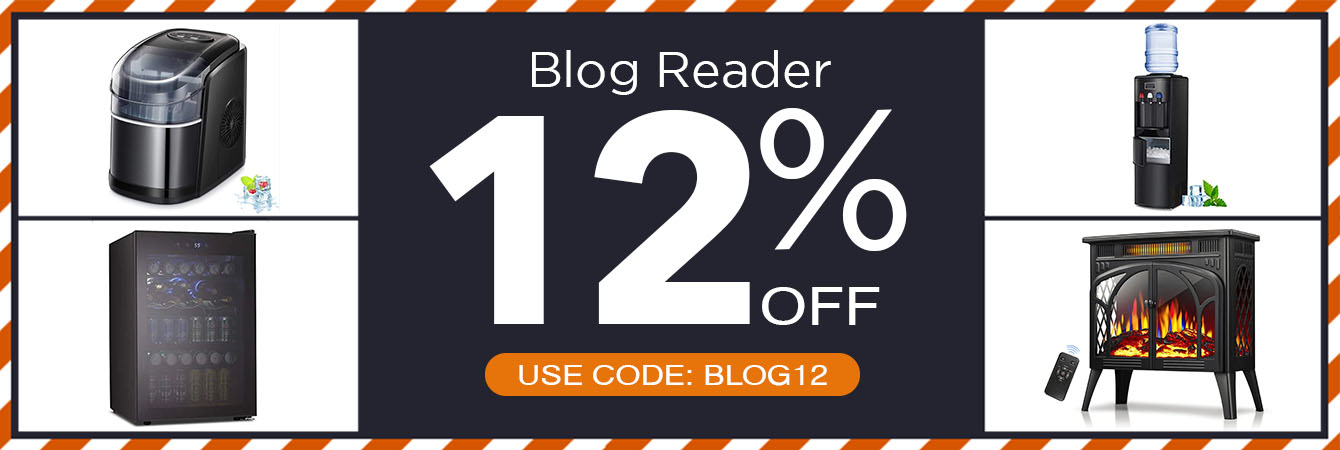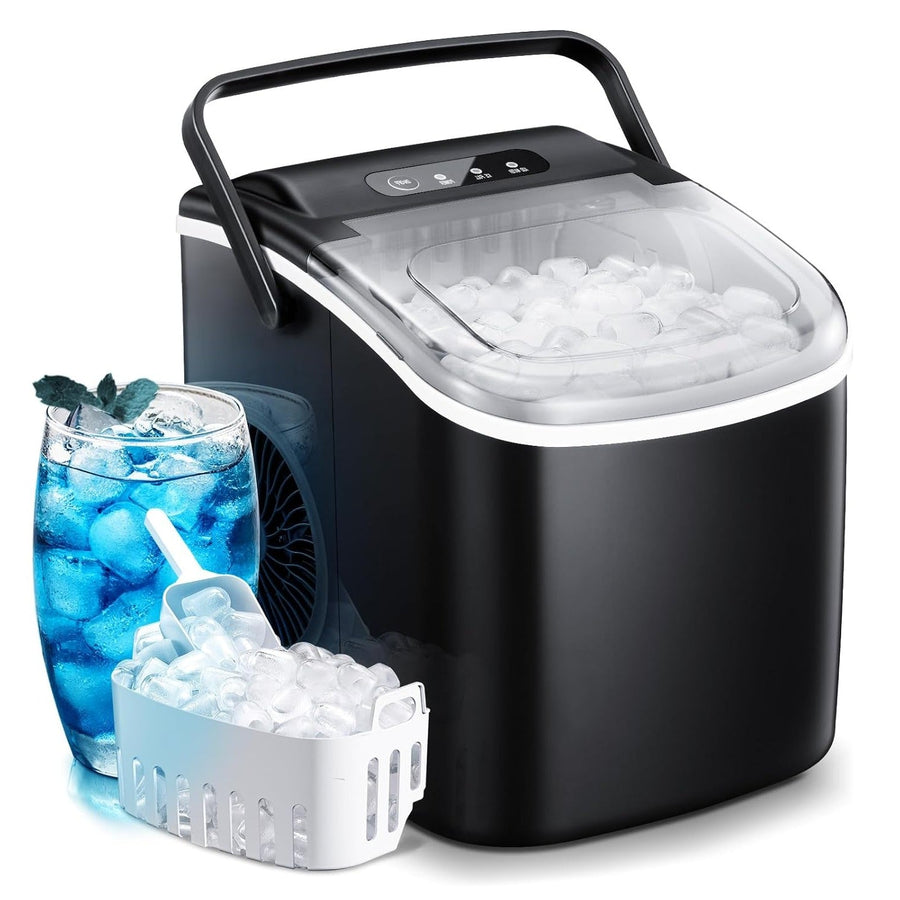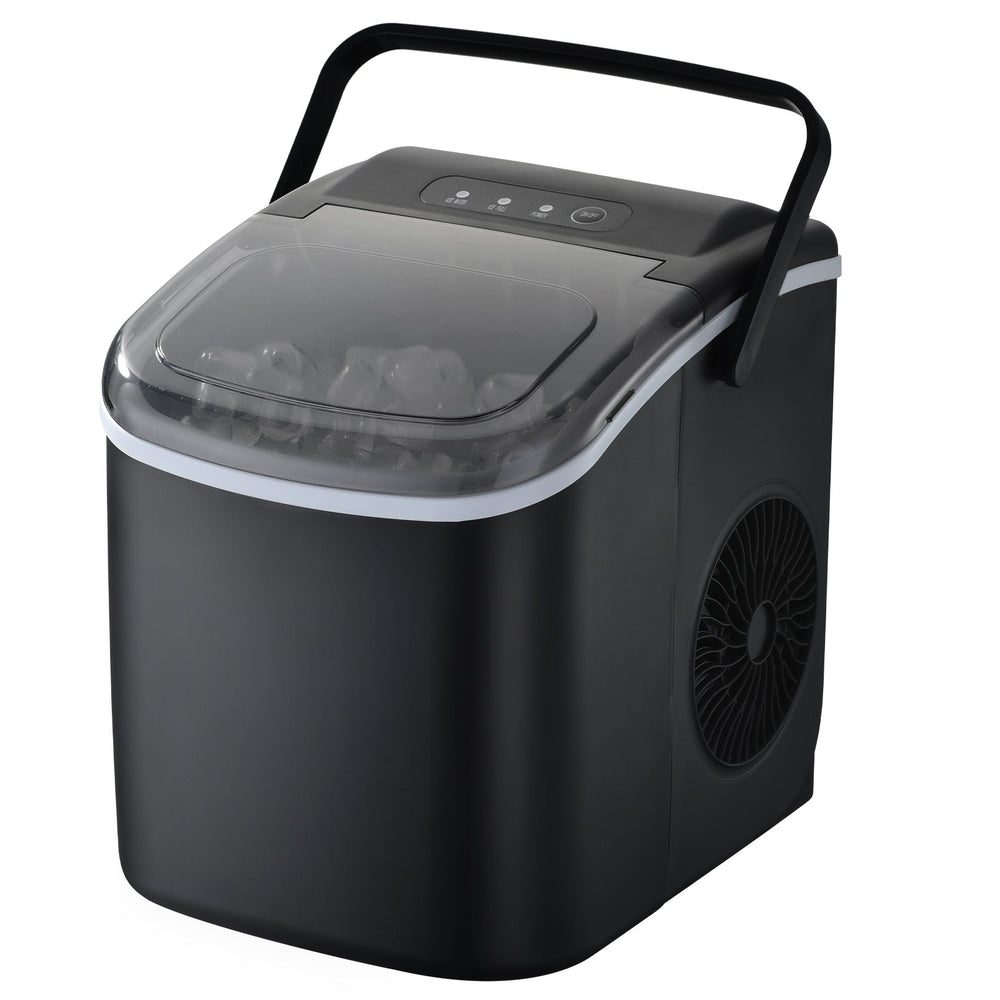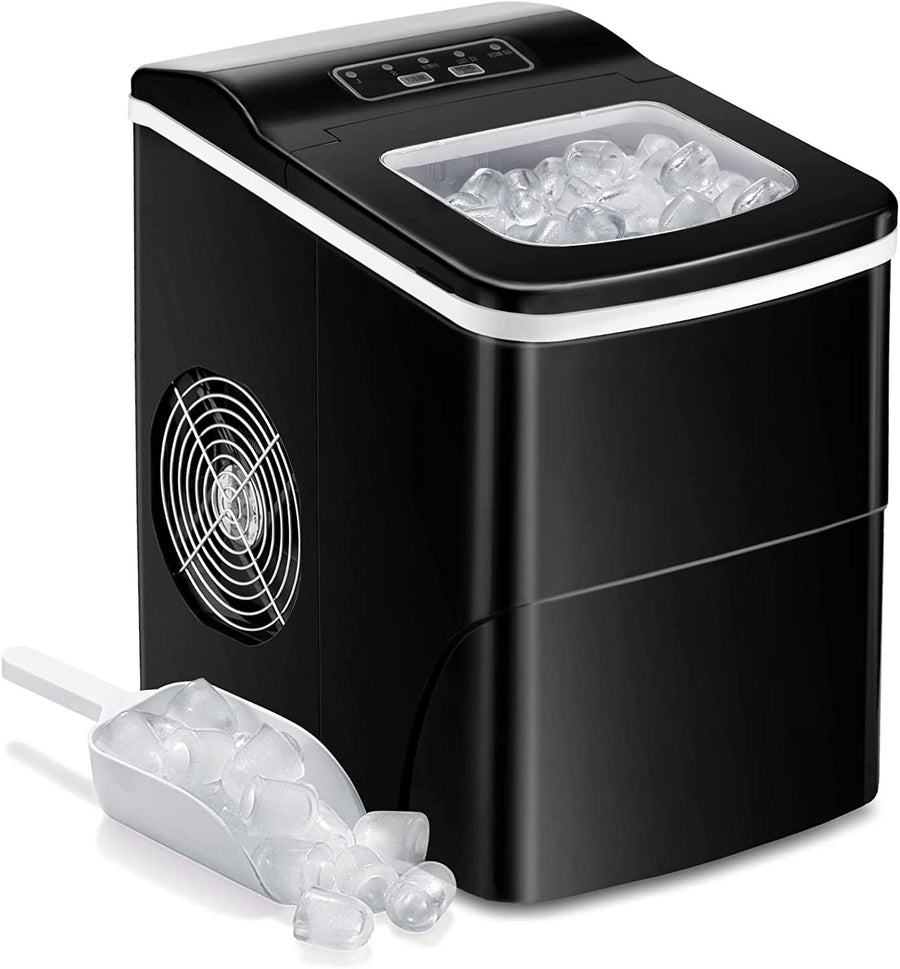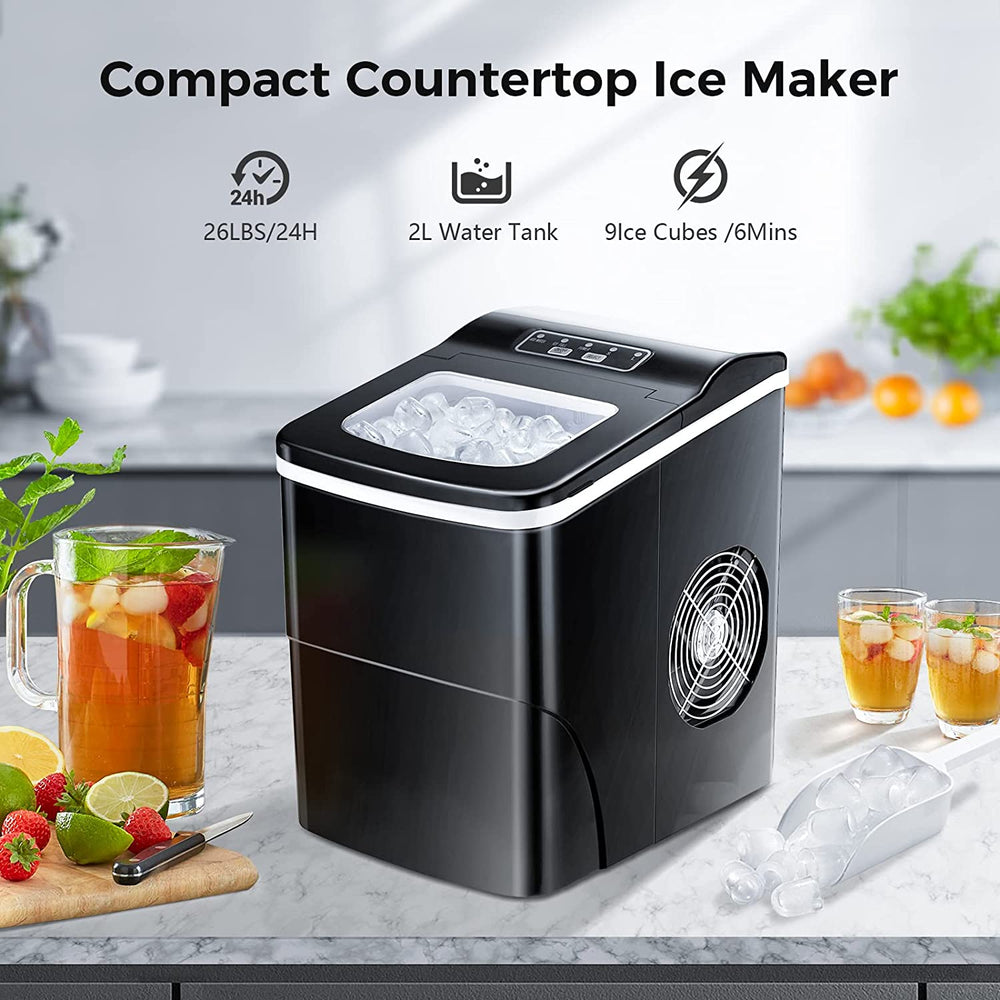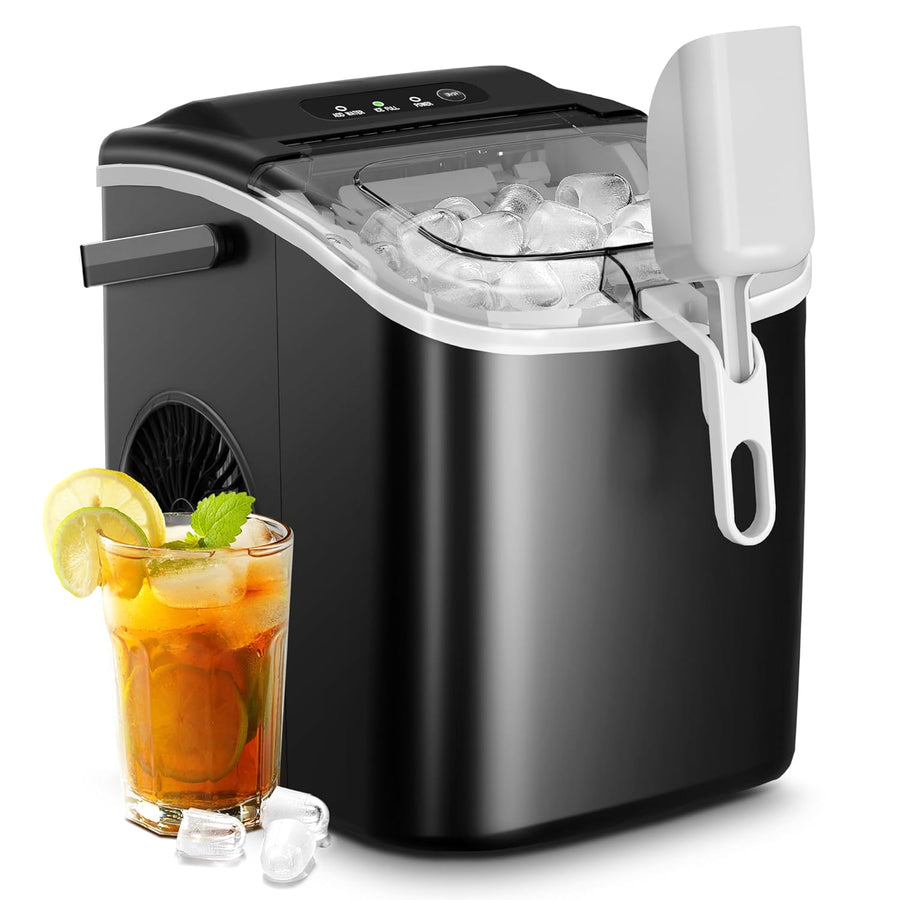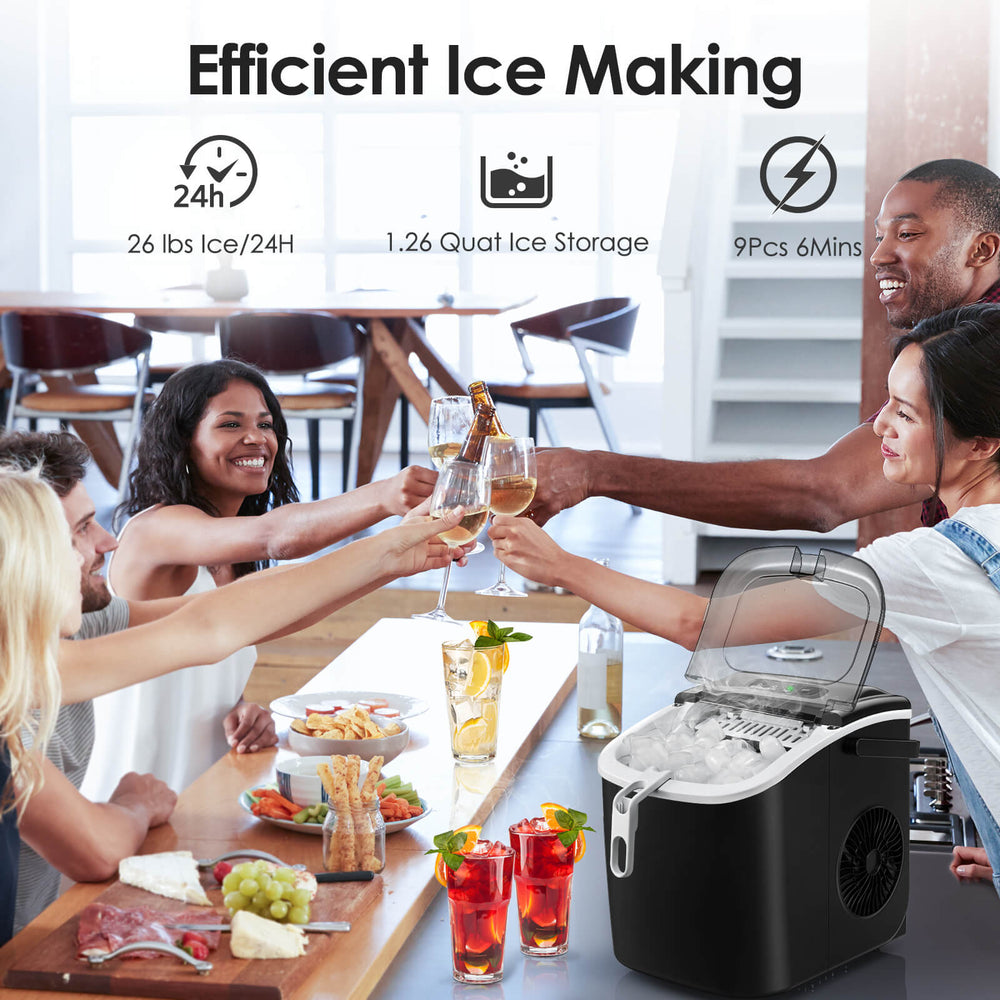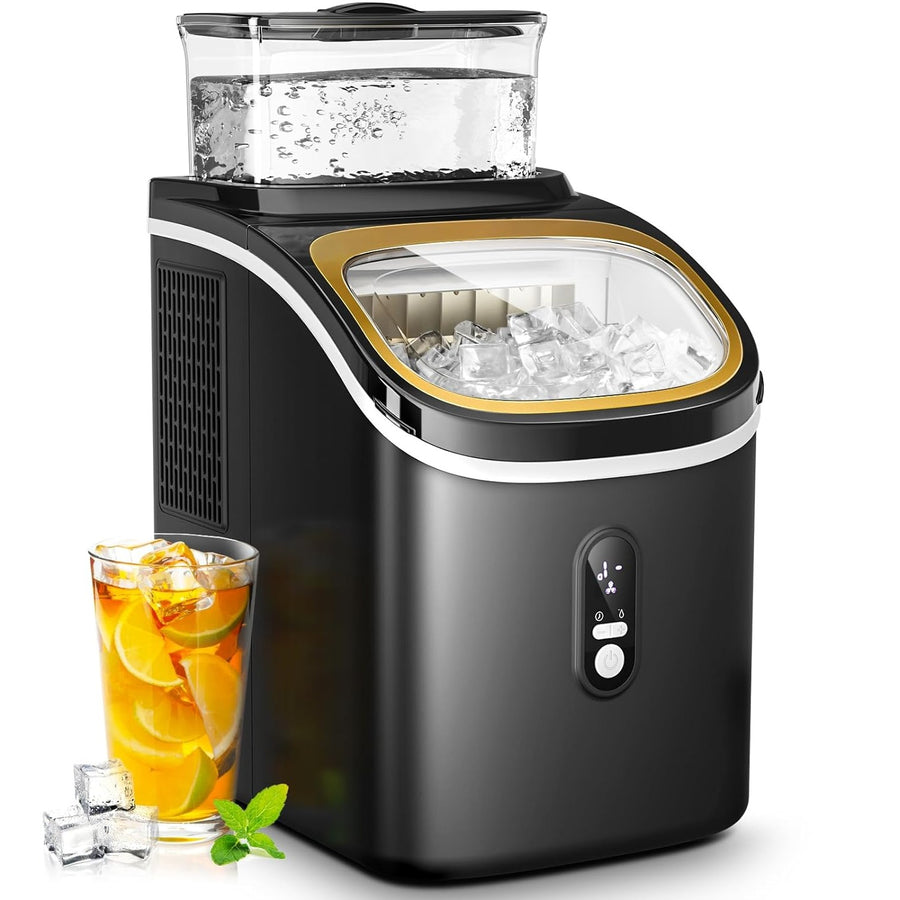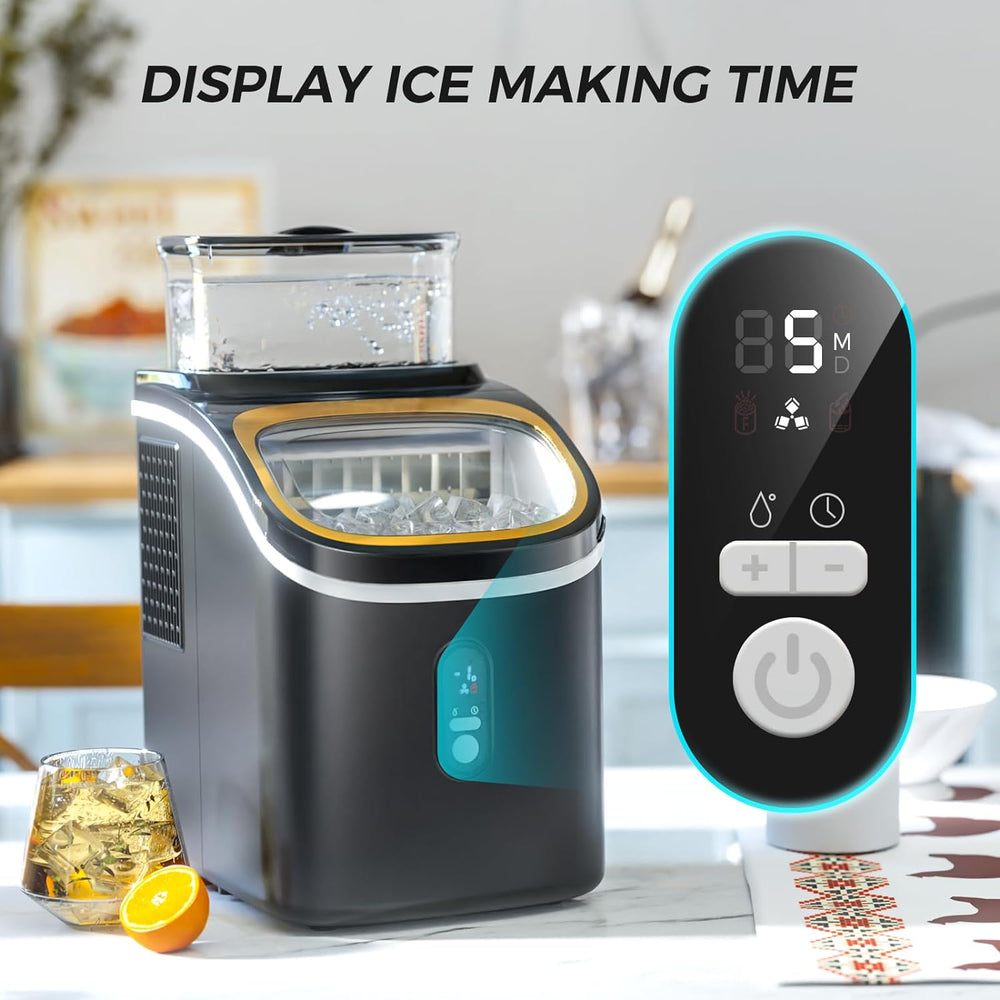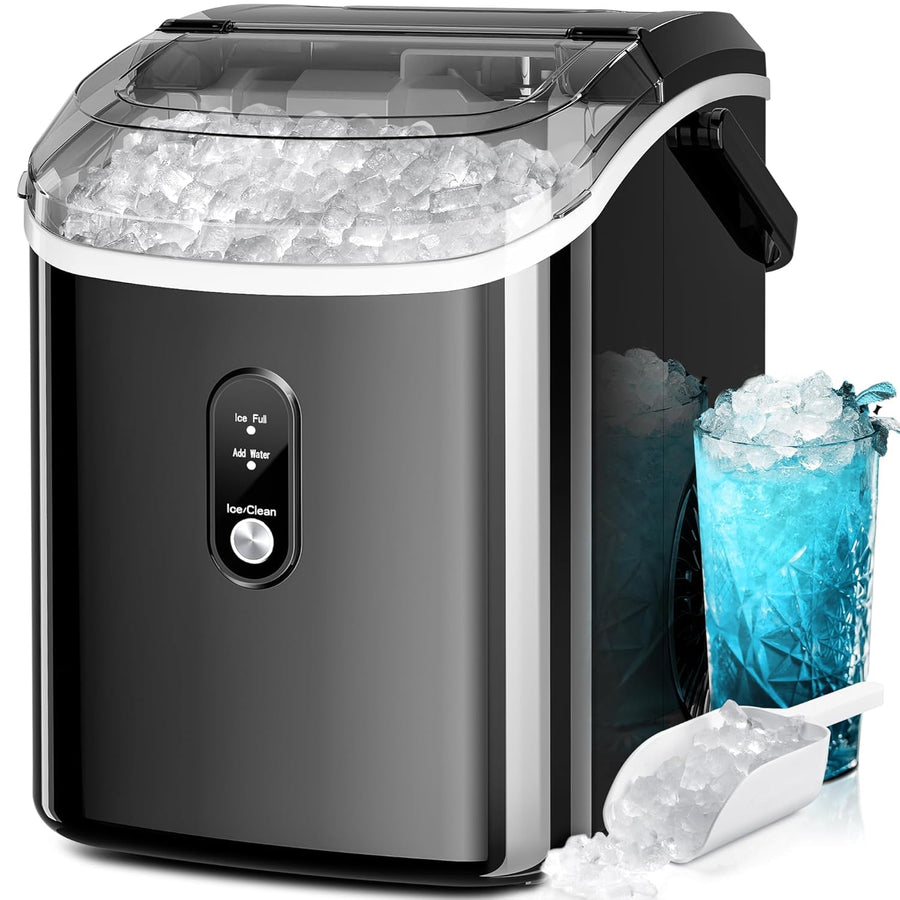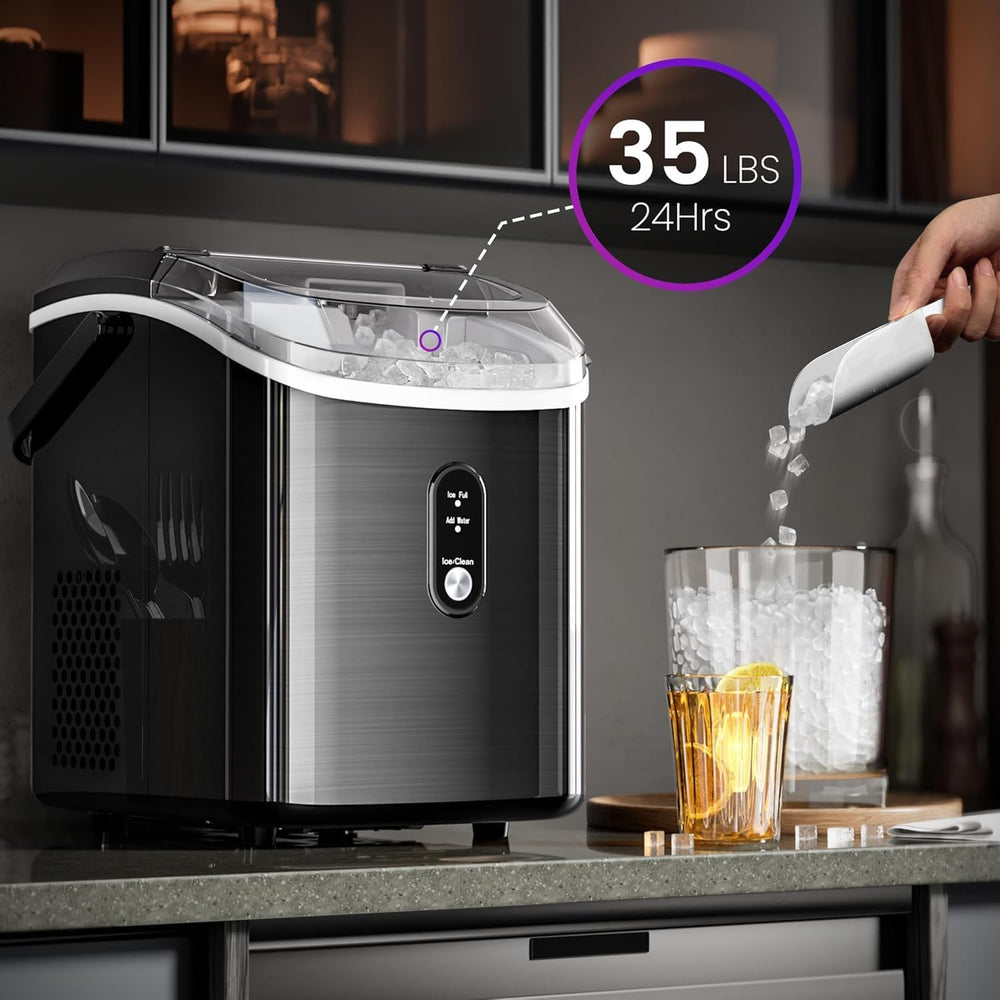What Dehumidifier Size Do I Need?
Excessive moisture in our house and even in a room contributes not only to spread of mold, but also in serious cases water damage, health problems and not to forget smelly and sticky rooms.
If you have been thinking about buying a dehumidifier, you may have noticed different sizes, types and uses. This can lead to confusion about why your dehumidifier size can affect the water extraction from your room. In this guide we will grow through easy and simple steps to find the right dehumidifier for your home or room.
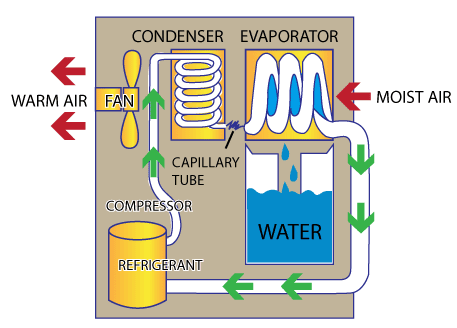
A dehumidifier works similar to an Air Conditioner. The dehumidifier will extract the water from the environment, passing through its cooling metal coils, condensing the vapor into its liquid form. This water is then stored into a tank, while the dry air is fanned back into the environment. The water tank must be emptied so the dehumidifying process can continue. For more information about how a dehumidifier works, you can check our blog post “How Does a Dehumidifier Work?”.
What Does Dehumidifier Size Mean?
The first concept that comes up is that these gadgets change in physical size. However, this is far from being true. The size mentioned is the capacity of liters of water this device is able to extract per day. Even though in practice some models tend to be physically larger, it isn’t always the case.
Understanding the Capacity of a Dehumidifier
While going through the different sizes of dehumidifiers, the first thing that needs to be considered is the pint capacity of your space, and the amount of moisture that needs to be extracted from the room. Also consider if you would like to use a dehumidifier for one or multiple rooms.
What Is The Pint Capacity?
A pint is the equivalent of 16 US fl oz.≈ 473 mL (source)
With this information you will find that dehumidifiers are available in three sizes:
- Large: 45 - 50 pint capacity
- Medium: 30 pint capacity
- Small: 20 - 22 pint capacity

These numbers are the water tank capacity a dehumidifier can extract every 24 hs. In case the tank becomes full, a sensor inside the tank will cause the unit to shut off.
The Factors That Influence Dehumidifiers Size
We have already spoken about the capacity a dehumidifier has, however in order to understand and to purchase the right type and size we need to also consider the following:
Room Size
Take into account the size of the space you are trying to dehumidify. You can use a measuring tape and measure the length and width of the floor. Multiply them and you will find the size of the space in square feet meters. You can check this picture to guide you.

Level of Moisture
The best option would be to measure your humidity level with a hygrometer. However there are other options that will help you to measure your home or room humidity.
The first and easiest one is the “ICE CUBE TEST”.
- In a glass with some water, add two or three ice cubes and stir.
- Wait three to four minutes
- If moisture is formed on the outside of the glass, it means the room air is too dry.
Whereas if water has condensed on the outside of the glass, the humidity level is high.
Here is a helpful video on how to measure and how to build up your own humidity monitor.
Another option is to inspect your windows and door for fogging or excess condensation and also note if there is any moisture accumulated on the walls or ceilings.
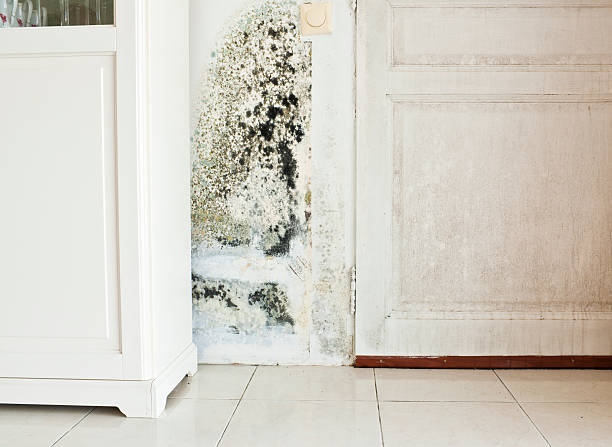
Moisture Development
The scope of your problem will determine the size of your dehumidifier. Is your entire house overly humid, or just a room?
If it affects your entire house you may require a whole-house dehumidifier that is tied into the HVAC system. You can read more about these on our blog post here.
Ideal Relative Humidity
In warmer areas the ideal relative humidity in a room or living space is between 40-60%. In cooler weather, it is between 30-50%.
A Simple Dehumidifier Sizing Guide
Now, picking the right size will depend not only on the total square footage but also the humidity level there is in the room and environment you live in.
Small Rooms
For Small Rooms, let’s say your bedroom, laundry or bathroom, that is not larger than 300 square meters or even in spaces up to 600 square meters, with a humidity level between 50-60% you will require a 20 pint capacity dehumidifier (small). They have great ratings in water removal.
Another point to consider, with these devices, is the low noise feature, key feature for closer quarters.
Our small dehumidifiers are excellent for your bedroom, office, or small spaces in your house.

Medium Rooms
If the humidity is higher, 80-100% and your space is also 300 square meters, you will need between a small and medium size dehumidifier. Since the recommended pint capacity is 25-30 pints.
If your room is a bit larger, let’s say 500 up to 800 square meters and the humidity level is as well between 50-60% the same option is to be considered, small or medium, because the pint capacity needs to be between 25-30 pints.
Medium size dehumidifiers are still less noisy than larger models, which is useful when drying out air in living areas.

Large Rooms
For Rooms that are 500 square meters with humidity level of 80-100% and larger rooms (1,200 square meters) you will require a dehumidifier with a capacity starting of 35 pints and above.
These dehumidifiers are noisy, and if your space includes a living area you may need to consider a noisiness for this unit.
Our industrial dehumidifiers are specially design for large spaces and will ensure the right amount of humidity level.

Basement or Crawl Spaces
Using a medium size or even large dehumidifier for rooms with a high humidity percentage will suffice. Additionally, this will avoid mold growth, which, if not treated for an extended period of time, will cost a pretty penny.
For these rooms, you will need to consider using a drain function instead of removing the water tank frequently. Installing a direct drainage function to your existing drainage system will save you much time. Plus, it will keep your equipment functioning and running smoothly.
Final Thoughts
Owning a dehumidifier is a handy tool, particularly during these summer months. Unfortunately, excess humidity is ranked amongst the least desirable effects. Moisture buildup leads to several problems within our household.
Before jumping to invest in the first dehumidifier you see, pay attention to all the critical factors mentioned. Figure out the size, type, and efficiency level that would be most appropriate to reduce the humidity level.
Let us know in the comments how helpful this blog was to you!




